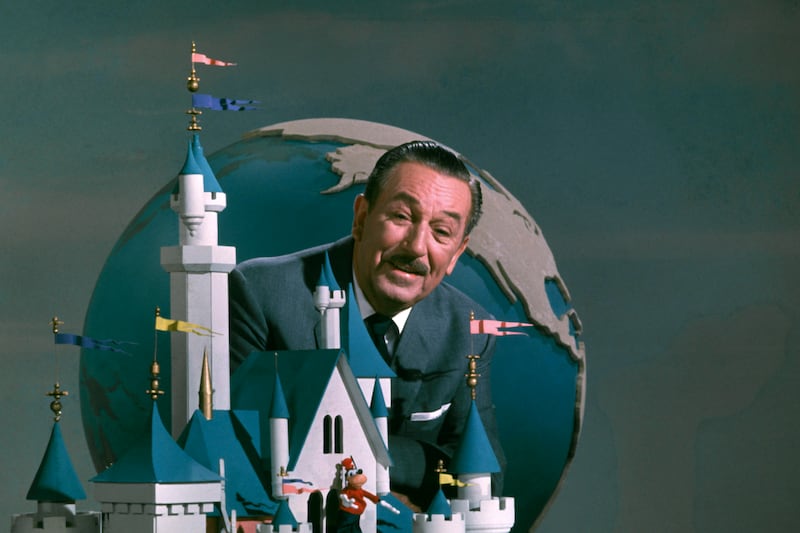An hour before Michel Barnier arrived in Lough Egish, a car and van crashed almost head-on at the village’s only crossroads. Nobody was seriously injured, but both vehicles were badly damaged.
It was an ominous prelude to the EU Brexit negotiator's visit to the Border counties, where he was seeking advice on how to steer Ireland and its peace process safely through what looks like a very dangerous junction.
But his tour of the Monaghan hamlet, at least, passed without further collision. He had to take slight evasive action at one point when a British journalist suggested that some Brexiteers might see the visit as the act of an “agent provocateur”.
That aside, the nearest thing to a diplomatic head-on was when the EU’s agriculture commissioner Phil Hogan said the UK could save everyone a lot of problems by staying in the Customs Union, and hoped voters across the Border would influence that decision in June.
When it was pointed out to him that Theresa May had not expressed any willingness to take that course, Big Phil counter-pointed that she had not said anything about it in her Article 50 letter. With the air of a man reluctant to teach grandmother how to suck eggs, while doing so anyway, he presumed she was leaving herself some “flexibility” for the talks.
Eggs are everywhere
Located on the outer fringes of Patrick Kavanagh country, Lough Egish found itself the focus of unprecedented media attention for the visit. To paraphrase the poet, the camera crews arrived in twos and threes/to watch Big Phil and Barnier alight (alongside Minister for Foreign Affairs Charlie Flanagan and welcomed by Minister for Arts and local TD Heather Humphreys).
But if there was any “half-talk code of mysteries”, or “wink-and-elbow language of delight”, it took place behind closed doors in the Lough Egish Food Park, where the visitors were given a crash course (pun intended) on how important international trade is here and how damaging a mishandled Brexit could be.
Nine of Monaghan’s top 10 employers were food companies, Mr Barnier would have been told, and 90 per cent of the food was exported. Speaking of eggs, 54 per cent of Irish poultry comes from the county. So if the chickens come home to roost anywhere post-Brexit, it will be here.
But eggs are everywhere in Monaghan, even the topography. The county is the buckle of the Drumlin Belt that crosses Ireland from Mayo to Down, and its countless little hills famously resemble a basket of eggs, albeit that they’re mostly green and cracked everywhere by hedgerows.
‘Stay calm and negotiate’
When Mr Flanagan called Mr Barnier’s a “field trip”, he wasn’t exaggerating. The Brexit negotiator has probably never seen so many fields in a single place before, and got a closer look at them later during a private visit to one of Monaghan’s 4,565 farms, which at a typical 23.5 hectares, are much smaller than the national average.
As to the big picture of how he could reconcile the apparently irreconcilable British wishes for Brexit and the Border, all he would say is that he came to the problem, “not as a technocrat from Brussels” but as a politician who had once represented a small rural country “exactly like this one”.
From his viewpoint, the problem was primarily “human and social”, rather than financial or political. Faced with the “agent provocateur” charge, his advice to Brexiteers was: “Stay calm and negotiate”.
In the original Irish, Lough Egish was the “Lake of the Wise Man”, a sage otherwise unidentified. The Brexit negotiator could probably do with his help now. But as he left the village en route to the local farm, Mr Barnier appeared to be finding inspiration from Monaghan’s bewildering network of by-ways and boreens, most of them unsignposted.
When it was suggested to him that the task of marrying a hard Brexit to a soft Border was impossible, he responded philosophically: “There is always a road”.

















